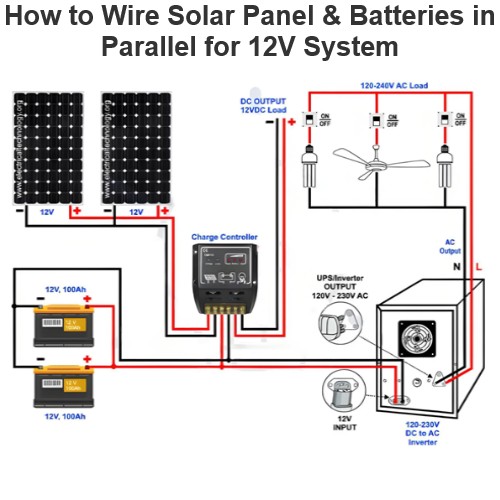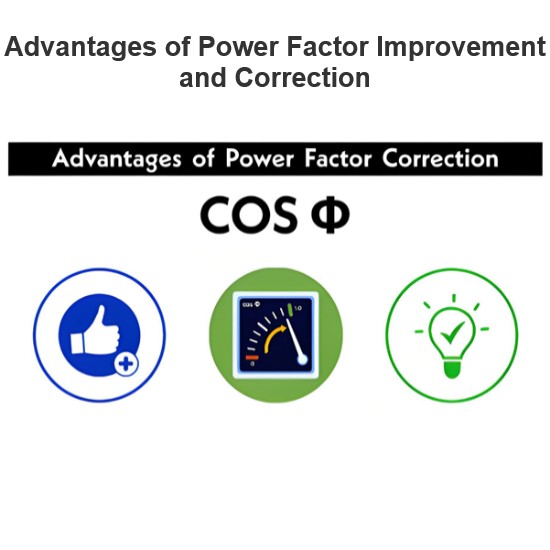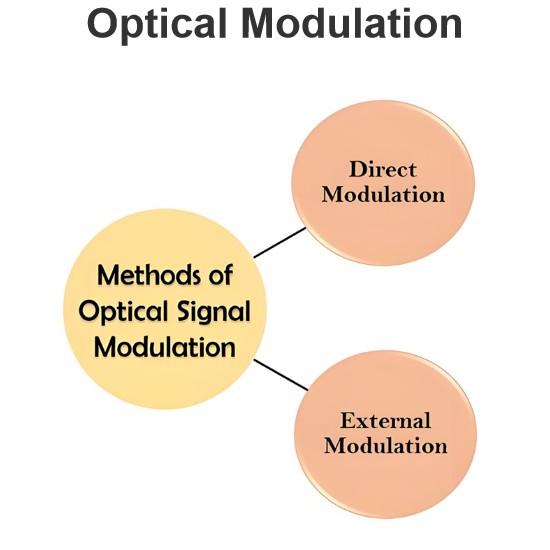What are the main uses of solar electric power?
Main Applications of Solar Power
Solar power, as a clean and renewable energy source, is widely utilized across various sectors. Below are the primary applications of solar power:
1. Residential and Commercial Building Power Supply
Home Electricity: Solar photovoltaic (PV) systems can directly provide electricity for households, meeting daily needs such as lighting, appliances, heating, and cooling. Many families install rooftop solar panels to meet their own electricity needs, with any excess power either fed back into the grid or stored.
Commercial Buildings: Businesses and commercial entities can use solar power to reduce operational costs. Large malls, office buildings, factories, and other facilities can install solar power generation systems to decrease reliance on traditional power grids, potentially achieving partial self-sufficiency.
2. Industrial Applications
Manufacturing: Industrial enterprises can utilize solar power to drive their production processes, especially in energy-intensive industries like steel, chemicals, and textiles. By deploying large-scale solar farms or distributed PV systems, companies can lower energy costs and reduce carbon emissions.
Mining: In remote areas, solar power can provide reliable electricity for mining operations, particularly in regions far from traditional power grids. Combining solar power with energy storage systems ensures continuous power supply around the clock.
3. Agriculture and Rural Electrification
Irrigation Systems: Solar-powered water pumps are widely used in agriculture. These systems use solar electricity to drive pumps that draw water from underground sources or surface water bodies to irrigate fields, especially in off-grid rural areas.
Rural Electrification: In many developing countries, solar power provides a reliable source of electricity for rural communities, improving living standards. Solar-powered streetlights, household appliances, and communication devices can all operate using solar electricity.
4. Transportation Sector
Electric Vehicle Charging: With the growing popularity of electric vehicles (EVs), solar power can provide clean energy for EV charging stations. Some EV owners even install solar panels at home to charge their vehicles directly, further reducing their carbon footprint.
Public Transportation: Some cities have started using solar power to fuel public transportation vehicles like buses and trams. Additionally, solar power can supply electricity for traffic signals, road lighting, and other infrastructure.
5. Off-Grid and Emergency Power
Off-Grid Power Supply: In remote areas without access to traditional power grids, solar power systems can serve as independent power sources. When combined with energy storage systems (such as batteries), solar power can provide a stable power supply.
Emergency Power: During natural disasters or power outages, solar power can act as a backup power source, ensuring the operation of critical facilities such as hospitals, emergency command centers, and communication base stations.
6. Public Facilities and Infrastructure
Street Lighting: Solar-powered streetlights are becoming increasingly common in many cities. These lights do not require connection to the power grid; they charge during the day and automatically turn on at night, saving energy and reducing environmental impact.
Communication Base Stations: In remote or mountainous areas, solar power can provide a steady power supply for communication base stations, ensuring the normal operation of communication networks.
Wastewater Treatment Plants: Solar power can provide energy for wastewater treatment plants, helping to reduce operational costs and minimize dependence on traditional energy sources.
7. Distributed Generation and Smart Grids
Distributed Generation: Solar power systems can be distributed across different locations, forming a decentralized power generation network. This approach reduces transmission losses and enhances the reliability and flexibility of power supply.
Smart Grids: Combining solar power with smart grid technology enables intelligent management and distribution of electricity. Through real-time monitoring and optimized scheduling, smart grids can flexibly adjust power supply based on demand, improving energy efficiency.
8. Environmental Monitoring and Research
Environmental Monitoring Stations: Solar power can provide a continuous power supply for environmental monitoring stations, supporting tasks such as weather observation, air quality monitoring, and water quality testing. Due to the independence and reliability of solar systems, they are particularly suitable for deployment in remote or hard-to-reach areas.
Research Facilities: In scientific research, solar power can provide clean energy for field experiment stations, observatories, polar research stations, and other facilities, ensuring the smooth conduct of research activities.
9. Concentrated Solar Power (CSP) and Solar Thermal Systems
Concentrated Solar Power: Through concentrated solar power (CSP) technology, sunlight can be focused to a single point to generate high-temperature steam, which drives turbines to produce electricity. This technology is suitable for large-scale power generation, especially in regions with abundant sunlight.
Solar Water Heating Systems: Besides generating electricity, solar power can also be used for water heating. Solar water heaters are widely used in homes, hotels, swimming pools, and other applications. They offer an efficient and cost-effective solution for hot water needs.
Summary
The applications of solar power are extensive, covering everything from daily life to industrial production, transportation, agriculture, and more. As technology advances and costs decrease, the adoption of solar power is increasing rapidly, becoming a key driver in the global energy transition. In the future, with the development of energy storage technologies and the promotion of smart grids, solar power will play an even greater role in more sectors, driving sustainable development and environmental protection.
The Electricity Encyclopedia is dedicated to accelerating the dissemination and application of electricity knowledge and adding impetus to the development and innovation of the electricity industry.













